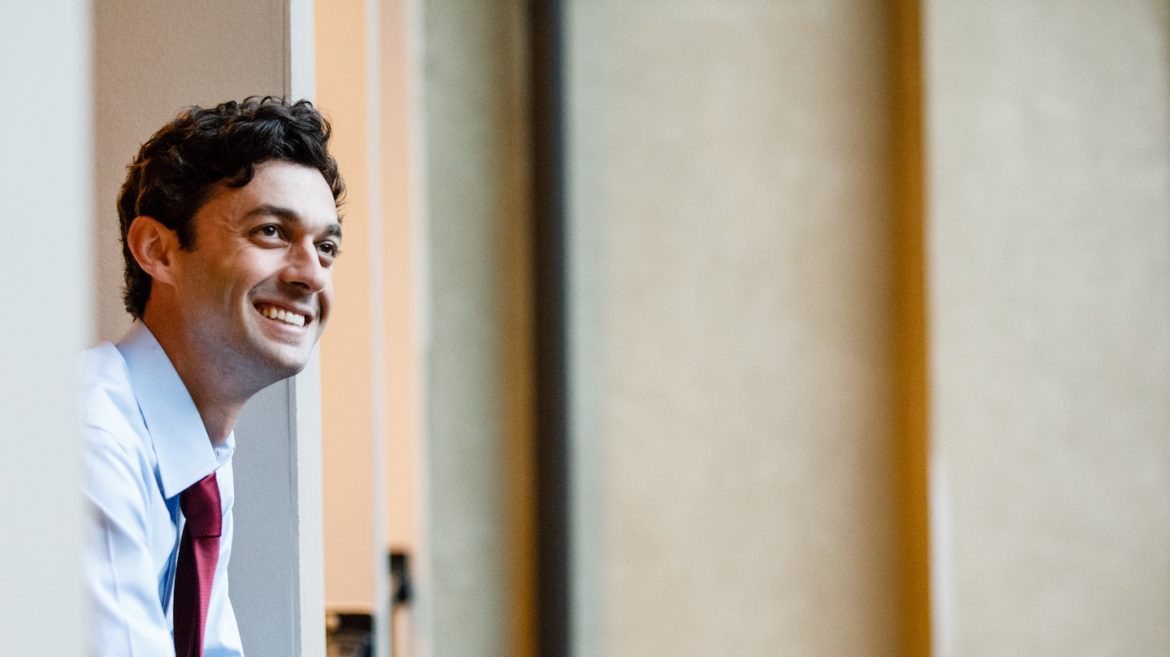Politicians rarely like to talk about the money that fuels their campaigns, and for good reason. The big players in campaign finance — billionaire megadonors, professional fundraisers, lobbyists — rarely get a warm reception from the public. Perhaps the only exception is the much-loved small donor.
In 2016, campaigns and PACs raised 32.2 percent of their funds — $1,564,345,434 — from donors giving $200 or less (the threshold at which campaigns must report the donor’s name, employer, and address to the FEC.) That’s a decline from many previous cycles, although small donors got a disproportionate amount of press thanks to their role in powering Bernie Sanders’ and Donald Trump’s campaigns. Sanders and Trump alone accounted for nearly one-seventh of all small donations this cycle.
Democratic White House nominee Hillary Clinton touted having 2.3 million donors, most of them presumably small, despite receiving a below-average 26.4 percent of individual contributions from low-dollar donors. Even President Barack Obama’s famous small-donor machine was less important to his rapid ascent than its reputation would have it, since it only kicked into gear once he had already established himself as a serious candidate with the help of the usual major donors. And most congressional campaigns, which don’t have the same viral buzz as presidential bids, rely heavily on big doors.
As it turns out, the small donor statistics may overstate their importance. That’s because many relatively “small donors” are actually one little slice of a much bigger donor.
We don’t have data on the true small donors — ones who give $200 or less to a candidate in a cycle — since these contributions do not need to be disclosed. But we can examine most of the numerous three-digit contributions in our data. $201 is not exactly a widow’s mite, but is within reach of most households’ philanthropic budgets. According to a 2007 study by the Center for Philanthropy at Indiana University, households in the bottom 90 percent of the income distribution gave $30 billion to non-religious charitable causes in 2005, or about $300 per (though some gave far more). If a small fraction of those households diverted their $300 to campaign finance, the middle class might match the megadonors in influence.
But most contributions over $200 don’t come from households that give exactly that amount — they might give $250, say, to a single candidate or committee, but they don’t usually stop there. In fact, the average household that made a $250 contribution to one committee also gave $2,102 to other committees. Now we’re getting well out of the range of the median American’s pocketbook. Even some true megadonors, including five of the 2016 cycle’s top 100 contributors, found at least one campaign or committee that merited only a $250 contribution.
Another way to put it: Small donations don’t necessarily come from small donors.
In fact, if every committee reported the total amount it raised from households that gave between $201 and $999, the sum would be over $613 million. From the perspective of a single committee, those look like relatively small donors, at least compared to the federal maximums (for instance, an individual can give $5,400 to a federal candidate with a primary and general election.)
But if we look instead at households that gave between $201 and $999 to all committees combined, that’s a far smaller number: $425 million.
(Note: These are high-end estimates for small donations. People sometimes give under multiple names or addresses, and our system for matching these donations is good, but not perfect.)
Remember, this doesn’t cover truly small donations — the $5, $10, and $25 contributions that candidates beg of their supporters in mass emails. However, there’s reason to believe that many of these contributions also come from bigger givers. Sites like ActBlue, for example, make it easy for candidates to fundraise jointly, so a $50 recurring contribution can be split five ways. The New York Times described an ActBlue donor who had made over 3,000 contributions averaging just $10.16 apiece. If she made fewer than 20 such contributions to any one campaign, she would be counted as a “small donor” on that campaign’s reports even though her overall contributions place her in the top 10,000 or so donors. In fact, 59 of the 2016 cycle’s top 500 individual contributors made at least one contribution through ActBlue.
What role will small donors play in 2018, with no Barack Obama or Bernie Sanders on the ballot? Democrats hope that anti-Trump sentiment will inspire donations, as well as votes, from the grassroots. The upcoming election for former Rep. (now Health and Human Services Secretary) Tom Price’s old House seat in Georgia is an early test, and Democratic candidate Jon Ossoff does indeed appear to be raking in small donor dollars (though the candidates have yet to file official FEC reports.) Republicans, meanwhile, hope that Trump’s success with small donors can be replicated.
But it’s safe to say that neither side is counting on the little guys to replace the perpetual chase for high-dollar donors any time soon.
